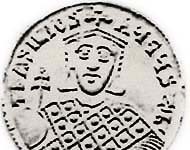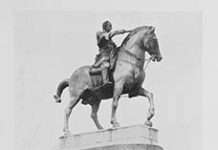How to detect forgeries
Part 3: Electrotypes
The last two parts on news from the forgery front have dealt with fakes that have been produced by newly cut dies and with cast fakes. This part is dedicated to a third kind of fakes: the electrotypes.
You will surely recognize ...
How to detect forgeries
Part 1: Counterfeits from newly cut dies
Each collector of coins who doesn’t buy exclusively at coin dealers who guarantee for the authenticity of their sold coins (like for example all members of the IAPN do) has to be concerned about buying fakes. Especially the...
How to detect forgeries
Part 2: Cast counterfeits
After having shown how to detect counterfeits from newly cut dies we will deal with those fakes that have been cast. Once again, we see here an old imitation of a Roman coin that was made during the Renaissance period. It is a free imitation of ...
How to detect forgeries
Part 4: Transfer die forgeries
Fakes coming from transfer dies are so dangerous, because these fakes have neither the characteristics of casts nor the characteristics of coins that have been struck with newly cut dies. You neither can...
Creator of the Paduans: Giovanni da Cavino
Giovanni da Cavino was an exceptionally gifted artist and an honoured businessman when he imitated the first Roman coins. As ‘Paduans’, they were destined to achieve world fame later on. He provided the high society with what it looked for and earned good money with it. In those days, nobody would have dreamt co call him a forger...
Let’s be merciful and hang them: The Catherine Heyland case
In March 1788, a police unit of the Westminster community stormed a locked room in London. They had been tipped off that two people committed a crime in that house that was forbidden under penalty of death: false coining...








